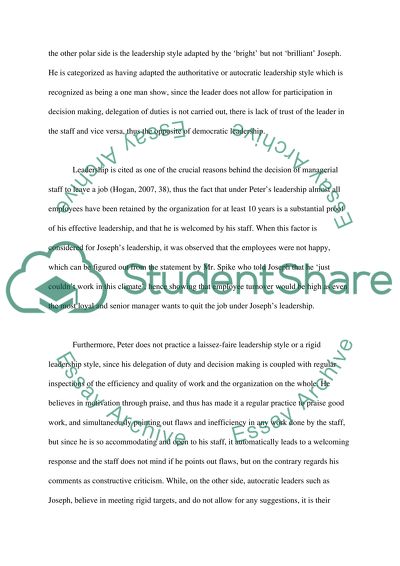Cite this document
(“THE ORGANIZATION Coursework Example | Topics and Well Written Essays - 1750 words”, n.d.)
Retrieved from https://studentshare.org/finance-accounting/1407515-the-organization
Retrieved from https://studentshare.org/finance-accounting/1407515-the-organization
(THE ORGANIZATION Coursework Example | Topics and Well Written Essays - 1750 Words)
https://studentshare.org/finance-accounting/1407515-the-organization.
https://studentshare.org/finance-accounting/1407515-the-organization.
“THE ORGANIZATION Coursework Example | Topics and Well Written Essays - 1750 Words”, n.d. https://studentshare.org/finance-accounting/1407515-the-organization.


